How much do you know about snakes? Well, besides the fact that they are long, scaly reptiles with no legs and a forked tongue that can be poisonous and life-threatening? If you study the topic more carefully, you can learn a lot of new and interesting things: how these creatures live, what they eat, how they hunt, reproduce, and much more. 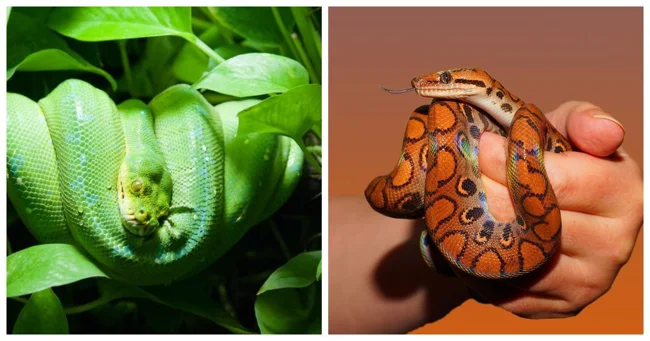
1. Snakes can move in four different ways. 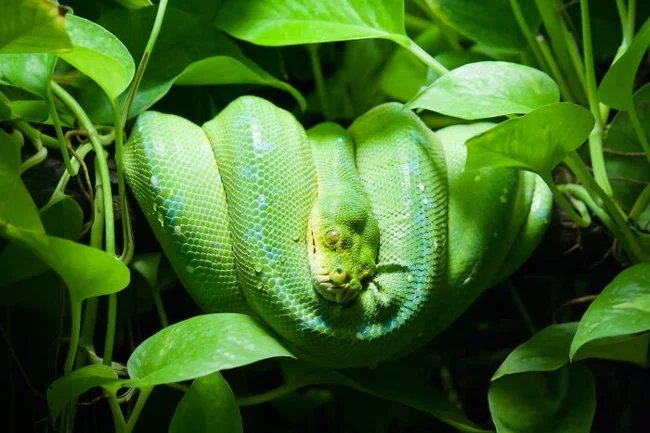
For example, the concertina, a mode of locomotion used by arboreal snakes, requires seven times more energy than normal. Even when a snake tries to escape on a smooth surface, it uses a unique method of locomotion called gliding.
2. Snakes don't have external ears. 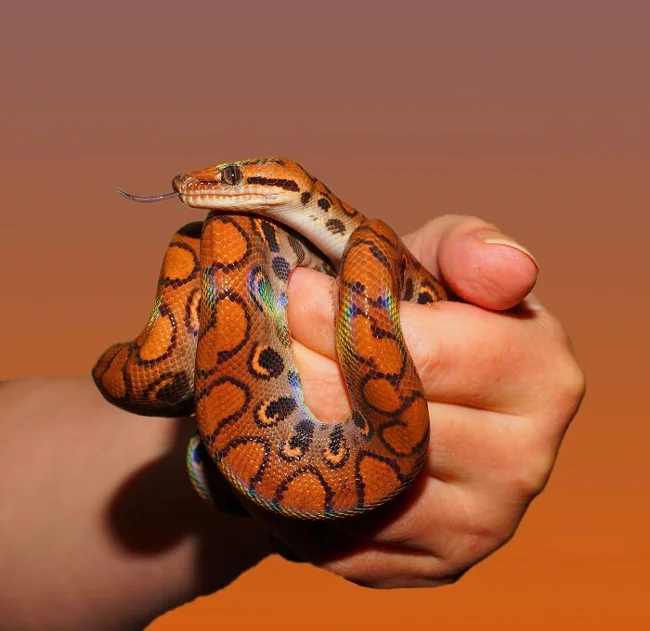
For this reason, they cannot hear sounds in the air in the first place. Like humans, they have an inner ear that helps them maintain balance. So no matter how loudly you shout in an attempt to scare away the snake, it will not have the slightest effect on it.
3. King cobra is the smartest snake 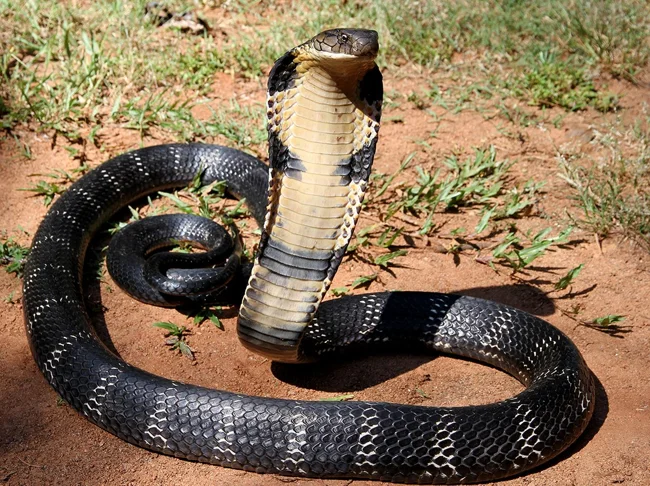
Some experts believe that the king cobra is the smartest snake. They are the only species of snake with a strong sense of family: they build nests and protect their young.
4. Snakes don't have eyelids 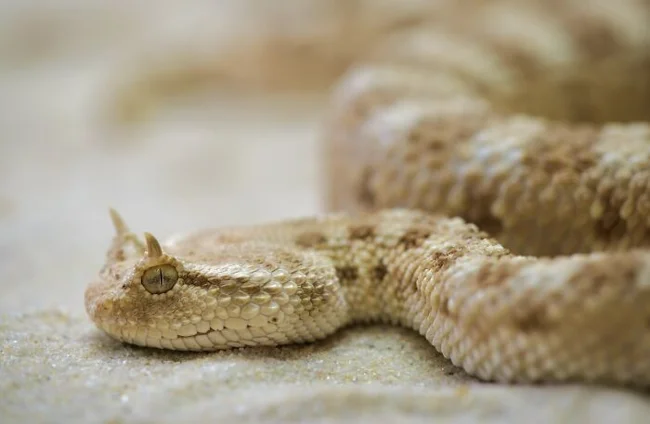
Snakes must sleep with their eyes wide open as they cannot blink. Instead of eyelids, they have a thin membrane that covers each eye and performs a protective function.
5. Some species of snakes live in the sea 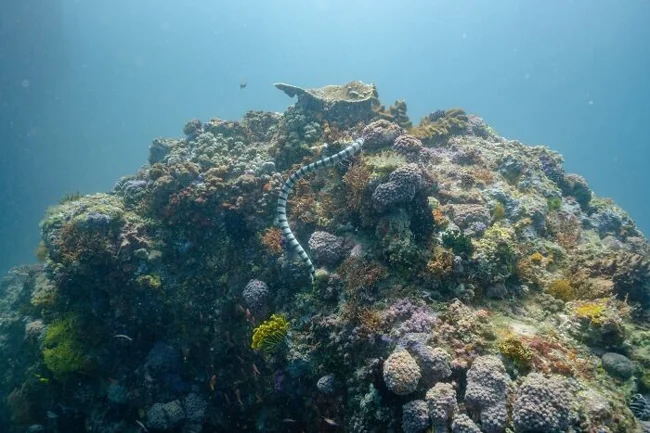
Although most snakes live on land, there are about 70 species of sea snakes found in the Indian and Pacific Oceans. They superficially resemble their terrestrial relatives, but they are completely aquatic animals that cannot move on land. Sea kraits (Laticauda) are the only exception, although their terrestrial movements are also limited.
6. Snakes don't hibernate 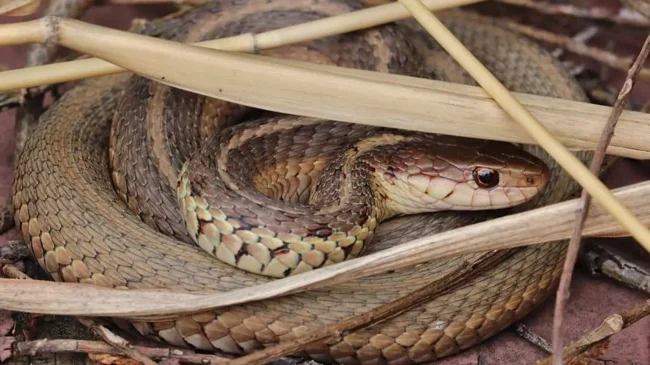
Instead, they undergo a state of bromination, or slowing of metabolism, during the colder months. During the winter, many snakes stop eating and conserve energy by moving less. Even in the dead of winter, snakes can come out of their hiding places to bask on a warm sunny day.
7. Snakes are not hostile 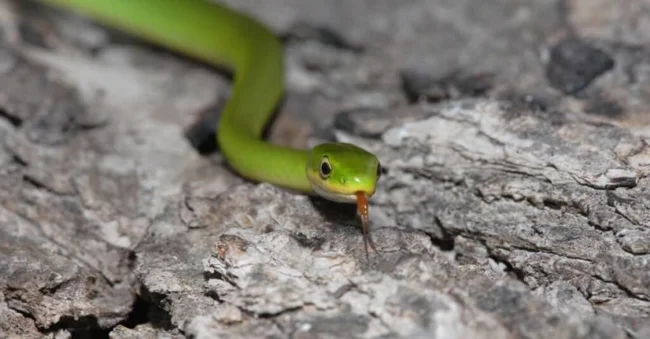
These are timid, reserved creatures. Snakes do not bite maliciously or actively seek out enemies. They defend their lives if and when necessary. And most of all they love it when they are left alone.
8. Snakes use their tongue as a sense of smell. 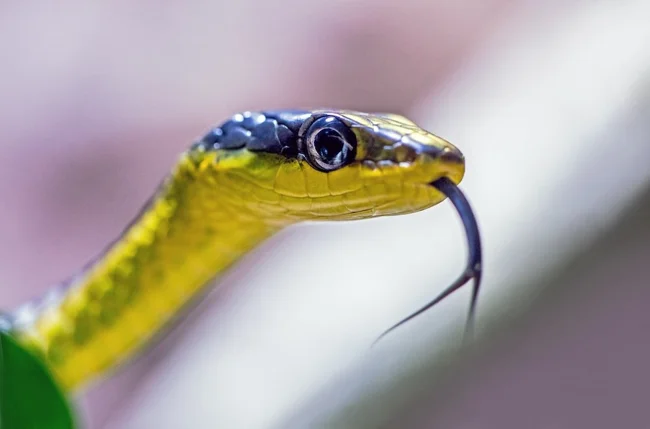
Even though they have nostrils, snakes cannot smell. Instead, they have developed a Jacobson's organ system based on the tongue and palate for smell. Thanks to this, they are able to detect different levels of chemical stimuli.
9. Snakes can't chew 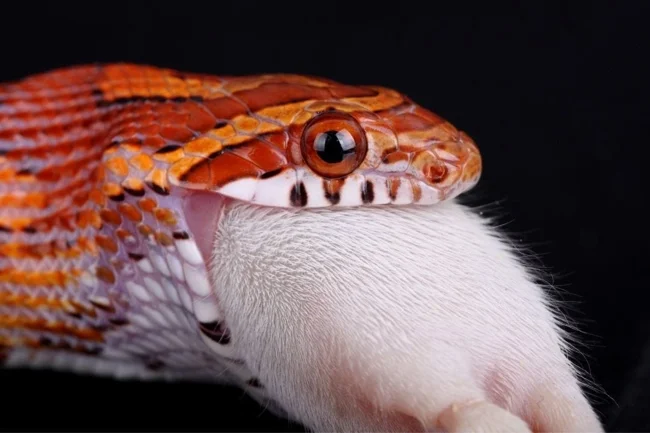
Therefore, they are forced to swallow food whole. Thanks to their highly flexible lower jaw, snakes can consume prey 75–100% larger than their own head. Once the food is eaten, the chemicals in their digestive system will complete the task of breaking it down.
10. Snakes are completely dependent on external sources of heat or light. 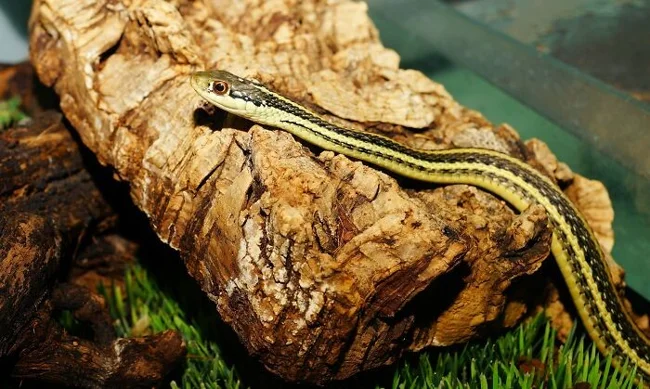
You could say they are powered by solar energy. It is incorrect to call reptiles "cold-blooded" because their blood is not actually cold. It would be more correct to say ectothermic, which means that their body temperature fluctuates and is controlled by external factors. Reptiles need heat sources such as the sun to keep warm because they cannot regulate their body temperature internally like mammals and birds.
11. Snakes have smooth, dry skin covered with scales. 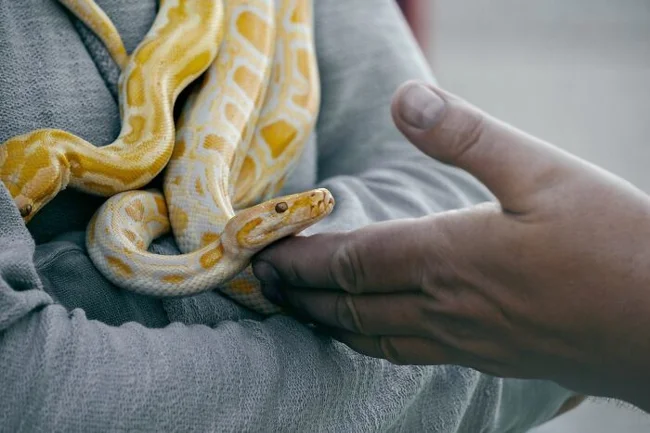
These scales contain keratin. The same material can be found in human hair and nails. Snake scales are thin and their sensitivity is equivalent to that of a human fingertip.
12. Snakes Evolved Over 142 Million Years Ago 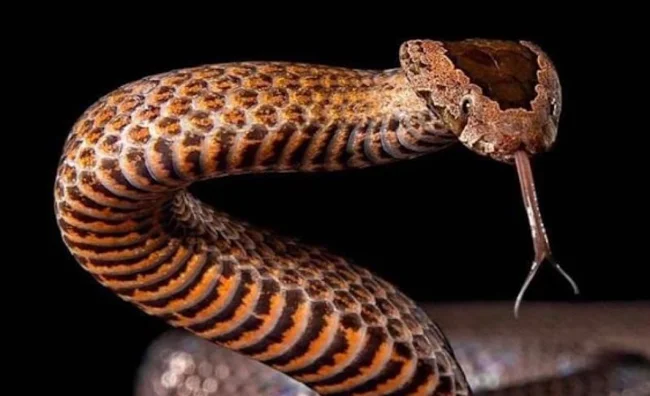
Their fragile skeletons make precise dating difficult, but the Cretaceous period is when they first appear in the fossil record. According to scientists, the age of snakes ranges from 98 to 142 million years. Perhaps the most surprising fact is that they are a later species than crocodiles, lizards and turtles.
13. There are flying snakes 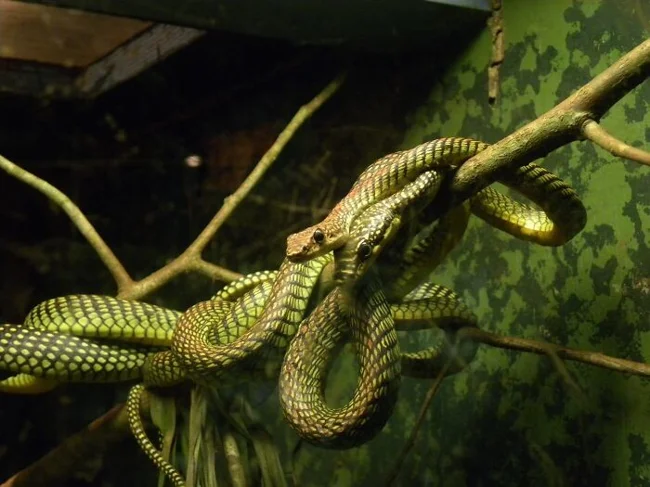
The flying tree snake, native to Southeast Asia, gets its unusual name from its tendency to “fly” through the forest. Chrysopelea uses the unique scales on its abdomen to climb trees and then jump from heights. Before jumping, the snake coils itself into a spiral, and then turns sharply in the air and flies to a nearby tree or branch located below. These snakes can travel 100 m without much effort and much faster than moving on land.
14. Titanoboa is the largest fossilized snake ever discovered 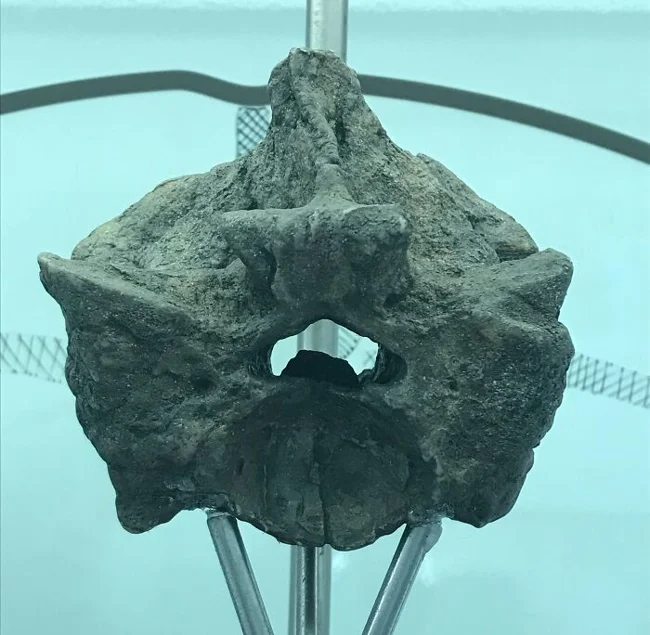
The largest snake fossil was discovered in the Cerrejo mines in Colombia. This giant reptile lived 60 million years ago, was up to 15 meters long, weighed 20 times more than a normal person and fed on huge turtles and crocodiles.
15. One bite of an inland taipan contains poison that can kill at least 100 people 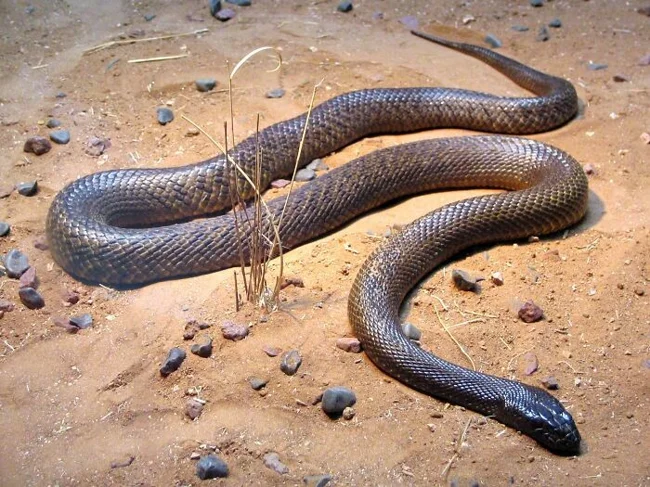
A typical inland taipan bite contains between 44 and 110 mg of venom. This is an Australian species that is considered the record holder for lethality. One dose of taipan venom can kill 250,000 mice.
16. Some snakes spit venom 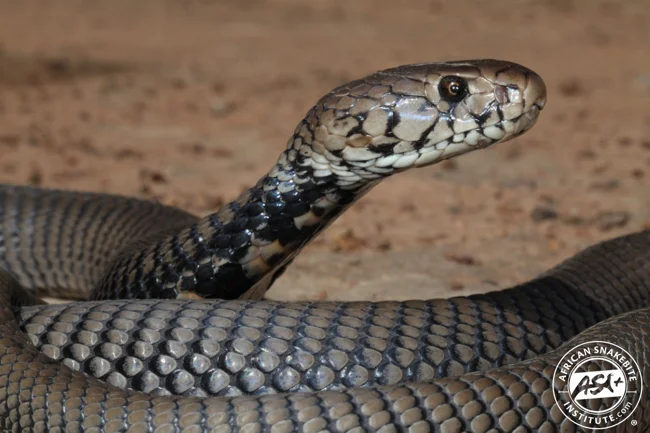
The Mozambican spitting cobra is capable of spitting its venom at targets at a distance of more than 2.5 meters, and at a distance of half a meter - with one hundred percent accuracy. It spits from any angle and usually targets the eyes. The poison blinds forever.
17. Snakes with two heads don't live long. 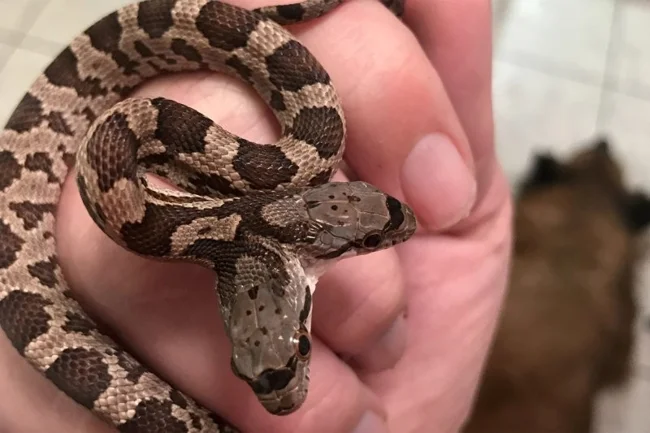
Two-headed snakes do not survive long in the wild: the two heads fight over food and often attack each other. This is the sad serpentine truth.
18. Snakes are not territorial 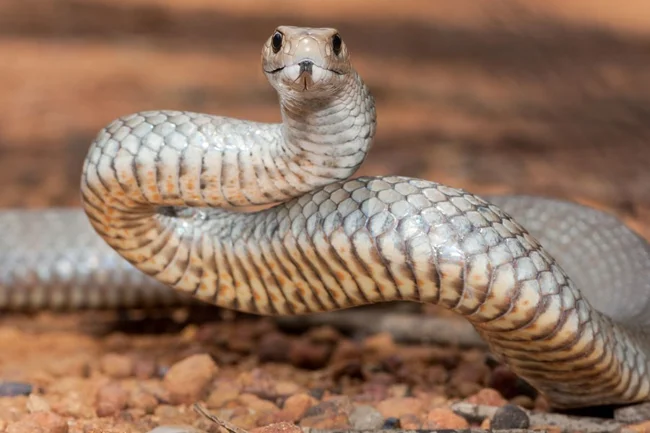
They have a home zone in which they roam depending on the time of year. However, this range may include nearby snakes and other creatures. They are aware of the location of food, water and shelter within their range.
19. Snakes have poor eyesight 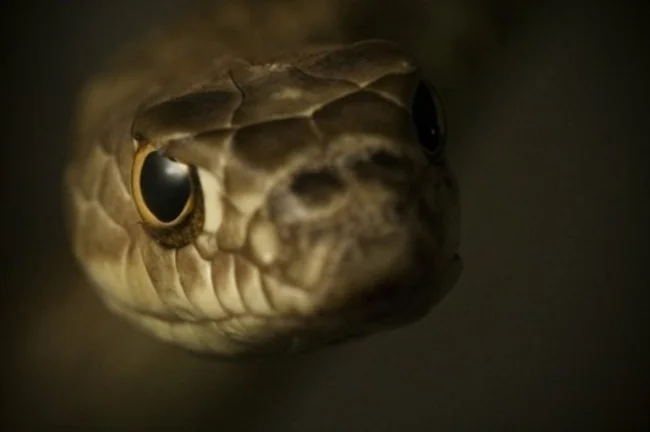
Snakes do not have keen eyesight. They are frightened by movement and react to it. Most species do not have color vision. A snake cannot distinguish you from a tree or a stone if you stand completely still in front of it.
20. Snakes navigate in space using their tongue 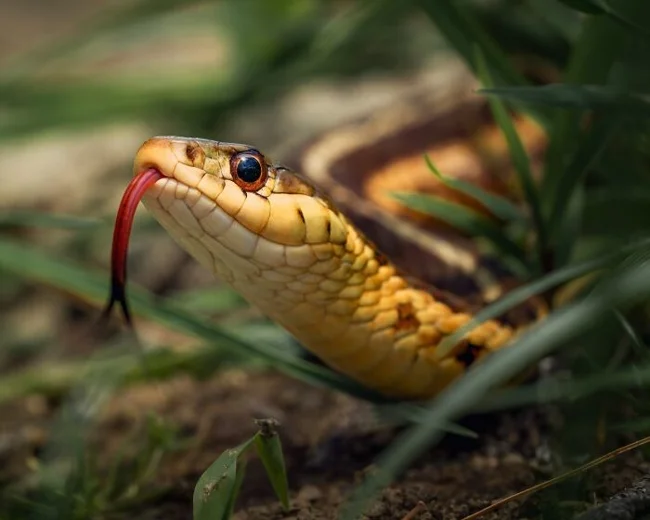
Snakes do not extend their tongues to intimidate. Most snakes use it to navigate in space and find prey, because they have poor vision and hearing. Pheromones provide a sense of direction, which their forked tongues pick up from the environment and transmit to the Jacobson's organ.
21. Some snakes don't lay eggs. 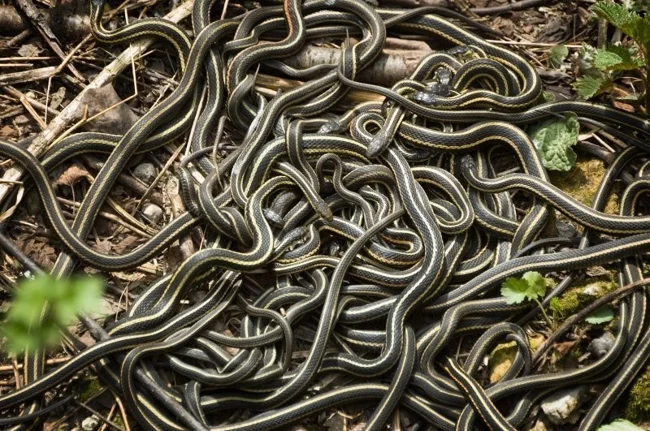
Reptiles lay eggs, which distinguishes them from mammals. We know this from the school course. However, although more than 70% of snakes lay eggs, others do not. Snakes living in colder climates give birth to live young.
22. Snakes have bones 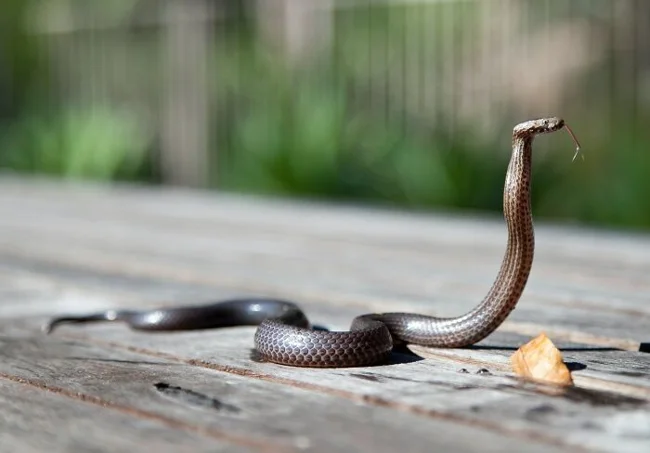
Snakes are classified as vertebrates, although they are very flexible. The spine is made up of numerous vertebrae connected to the ribs. An adult human has a total of 206 bones and 24 ribs. Snakes have up to 1200 bones and up to 33 ribs.
23. A snake's eyes can show whether it is poisonous or not. 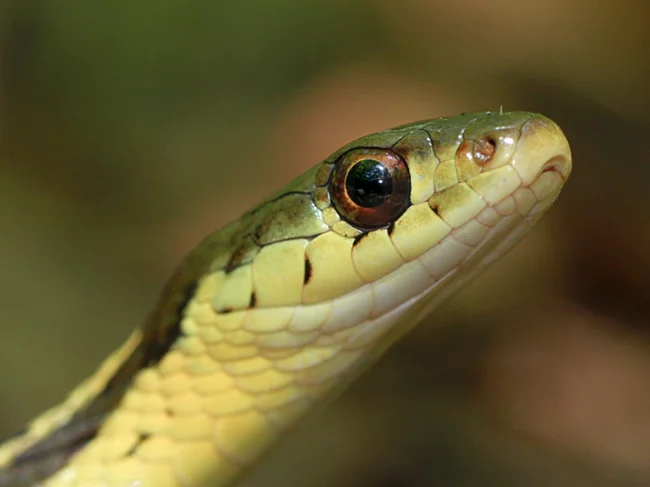
Non-venomous snakes often have round pupils, while venomous snakes usually have slit-shaped or elliptical pupils. Undoubtedly, this is one of the useful facts to know. Another one is that it is better to avoid any snakes, it’s safer.
24. There are about 3,000 different species of snakes in the world 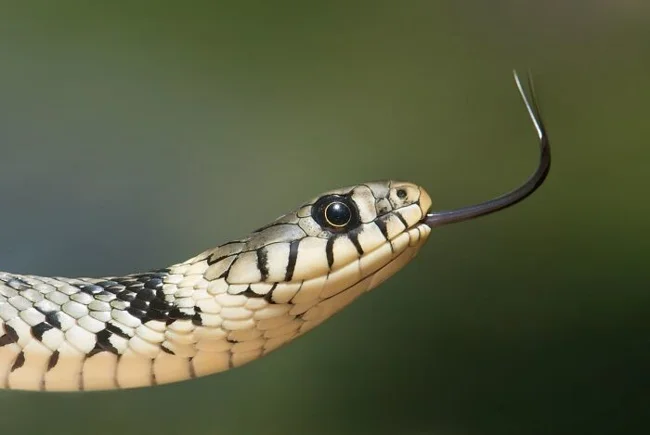
The number of snake species has recently increased to 3,789, making them the second largest category of reptiles after lizards. Among them are 30 different families, as well as numerous subfamilies. There are about 140 of them in Australia.
25. Snakes are predators 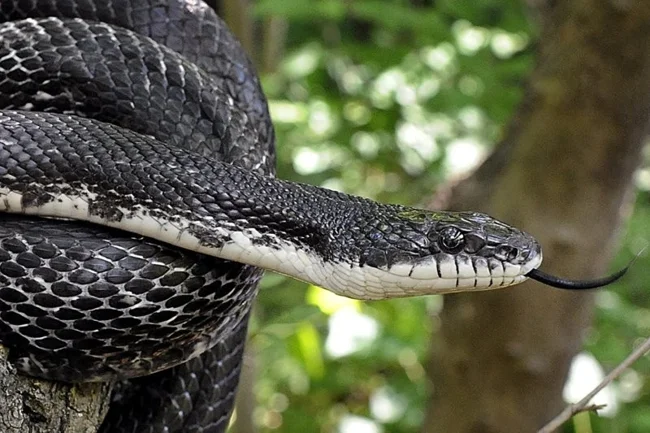
Snakes primarily feed on tiny mammals. They eat other snakes, frogs, lizards, skinks, mice, rats, rabbits, birds, possums and bats. And in this way their numbers are regulated.
0 comments
